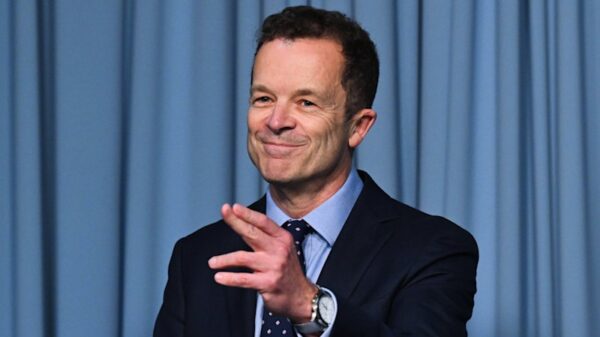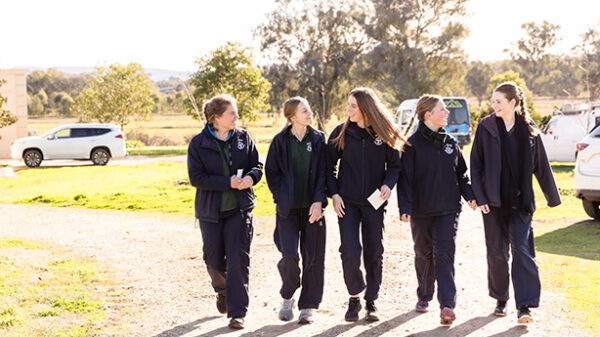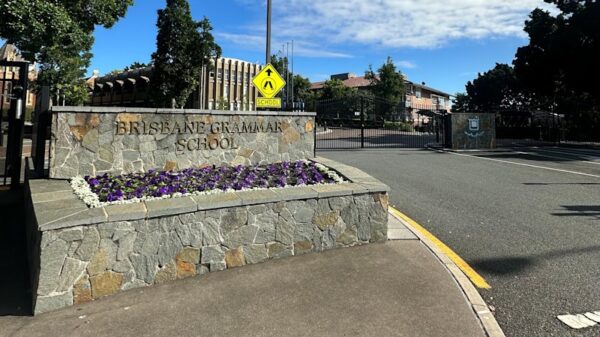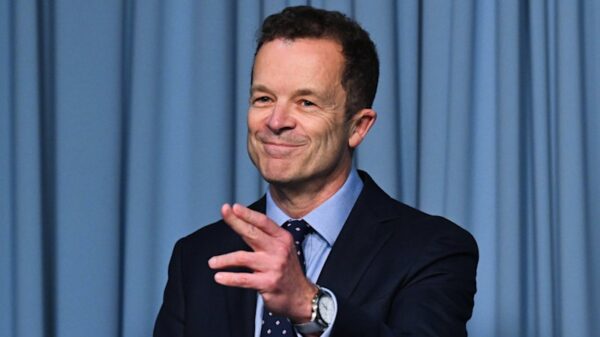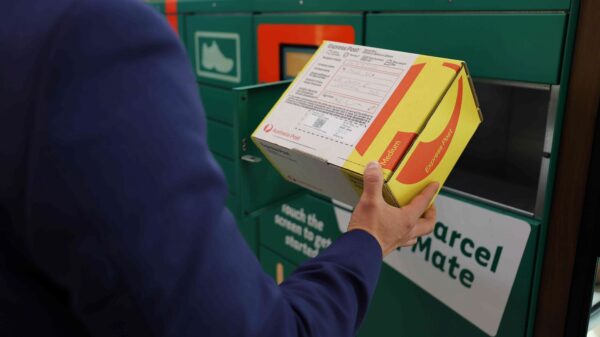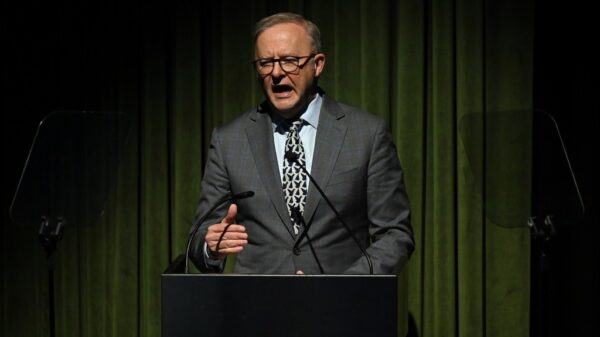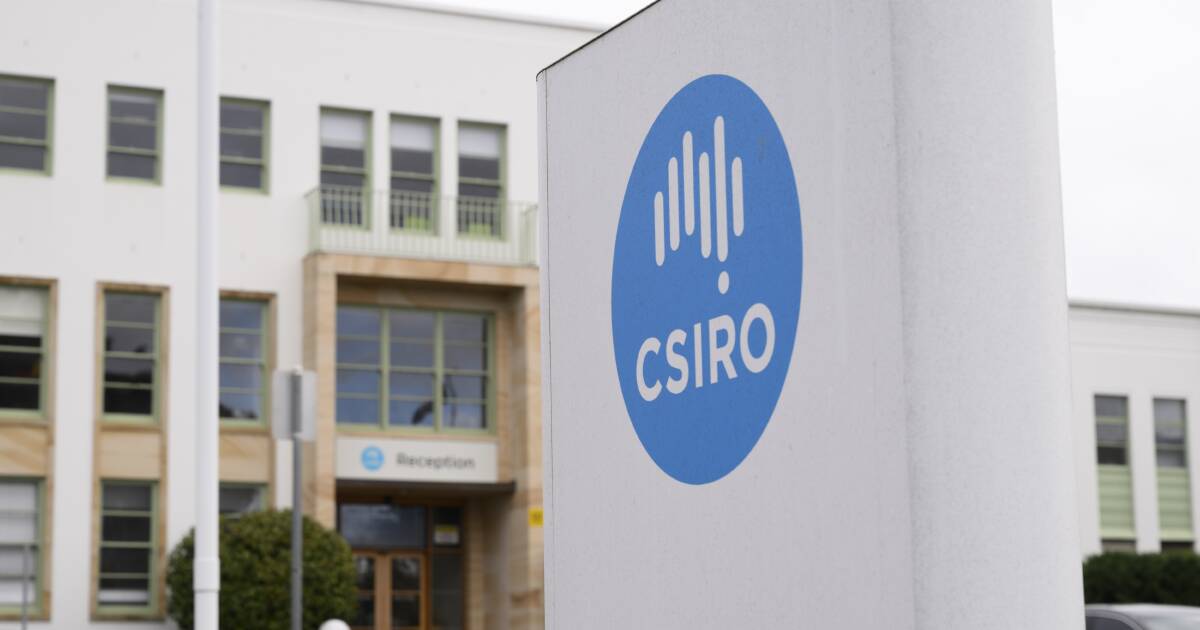The Commonwealth Scientific and Industrial Research Organisation (CSIRO) has revealed plans to reduce its workforce by up to 350 positions, significantly impacting its Environment Research Unit (ERU). This announcement was made during a town hall meeting led by CSIRO Chief Executive Doug Hilton, where he outlined the agency’s strategic shift in focus amid ongoing budgetary pressures.
A spokesperson for Science Minister Tim Ayres confirmed that the ERU is expected to lose approximately 150 researchers, equating to around 20 percent of its current staffing levels. This decision comes as part of a broader effort by CSIRO to exit research areas where it lacks sufficient scale to achieve meaningful impact, or where other organizations may be better positioned to deliver results.
In a statement, Ayres noted that the restructuring aims to enhance the integration of scientific disciplines within CSIRO to tackle critical national challenges effectively. He stated, “This change is expected to result in a reduction of approximately 130-150 FTE roles within the unit.” The focus will shift towards expanding research in emerging fields such as clean energy and artificial intelligence technologies, essential for addressing contemporary environmental concerns.
Despite a gradual increase in its budget allocation of about 1.3 percent annually, CSIRO has struggled to keep pace with inflation and the rising costs associated with scientific research. The agency’s current budget stands at $1 billion, with the government announcing an additional $100 million to be allocated from next year. Yet, this funding is unlikely to prevent the job cuts, especially given the agency’s $280 million maintenance backlog on aging facilities across Australia.
Impact on Environmental Research and Agriculture
The ERU plays a vital role in integrating various scientific capabilities, including marine, atmospheric, water, and terrestrial research. It has been instrumental in advancing agricultural practices, contributing to areas such as soil carbon enhancement, ecosystem management, and climate policy. The unit’s research informs government strategies on carbon accounting and land management, underscoring its significant societal contributions.
The latest job cuts follow previous reductions earlier in the year and are part of a comprehensive review of CSIRO’s research priorities, the first of its kind in 15 years. The spokesperson for Ayres indicated that specific details on the affected positions would be finalized after the restructuring process concludes next year.
The proposed job losses have drawn concern from various quarters, including the Australian Greens. Peter Whish-Wilson, the party’s science spokesperson, expressed alarm at the potential impact on the ERU, stating, “Scientists at the CSIRO have been under pressure for years to find revenues to justify their work.” He emphasized the necessity of investing in public good science, particularly in fields critical to Australia’s environmental sustainability.
As the CSIRO navigates these difficult decisions, the future of its research capabilities hangs in the balance. The agency employs approximately 5,800 staff, and the elimination of 350 positions represents a significant 6 percent reduction in its workforce. The implications of these cuts extend beyond immediate job losses, potentially hindering Australia’s capacity to address pressing environmental issues, especially in a climate-vulnerable landscape.
The challenges ahead for CSIRO are compounded by global trends that threaten research funding in public good science. As international policies shift, the need for robust environmental research becomes even more crucial for both national and global agricultural communities, particularly in light of the ongoing climate crisis.
As the situation develops, stakeholders will be closely monitoring how CSIRO balances its operational needs with the imperative to maintain its status as a leader in environmental science and research.

